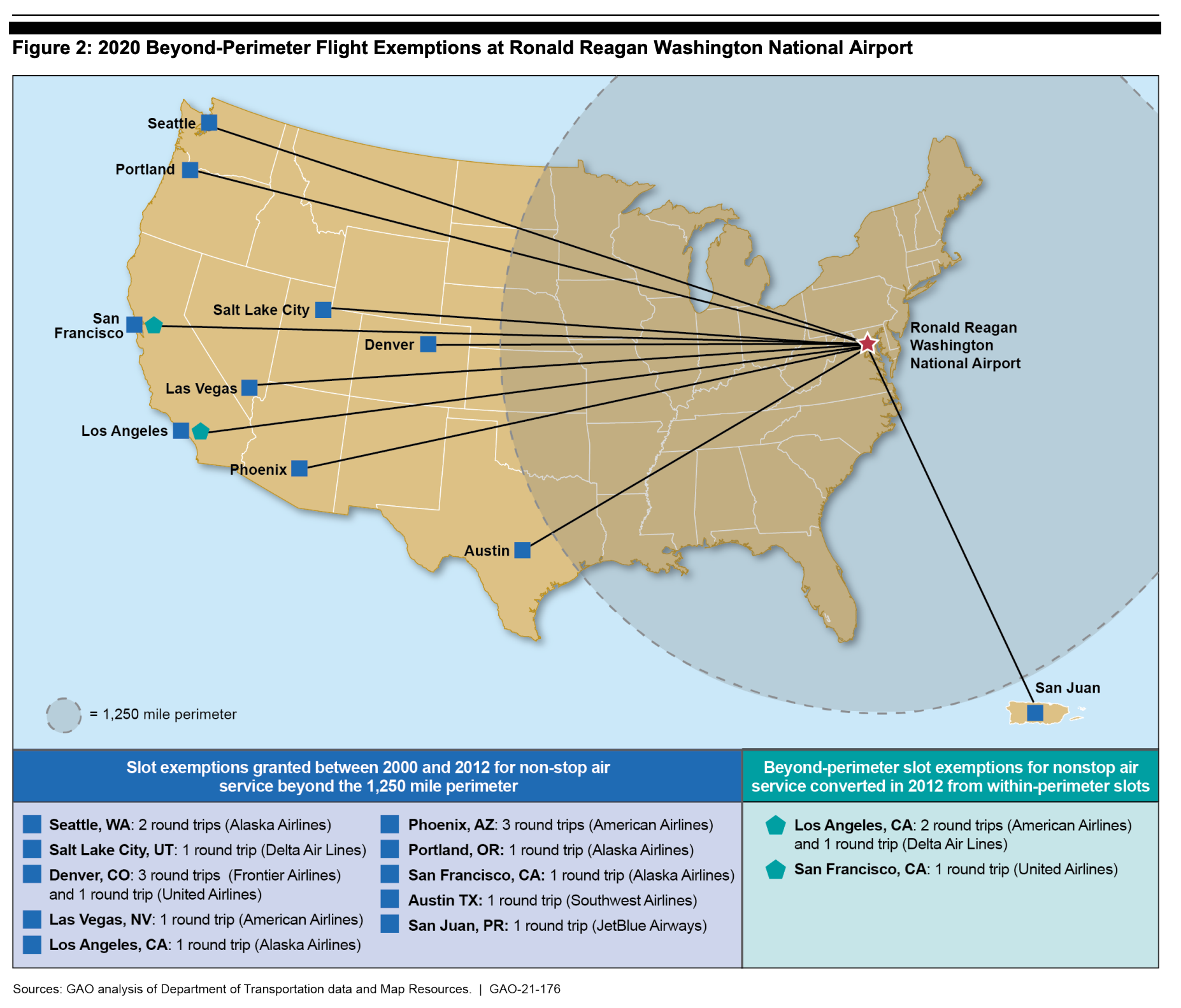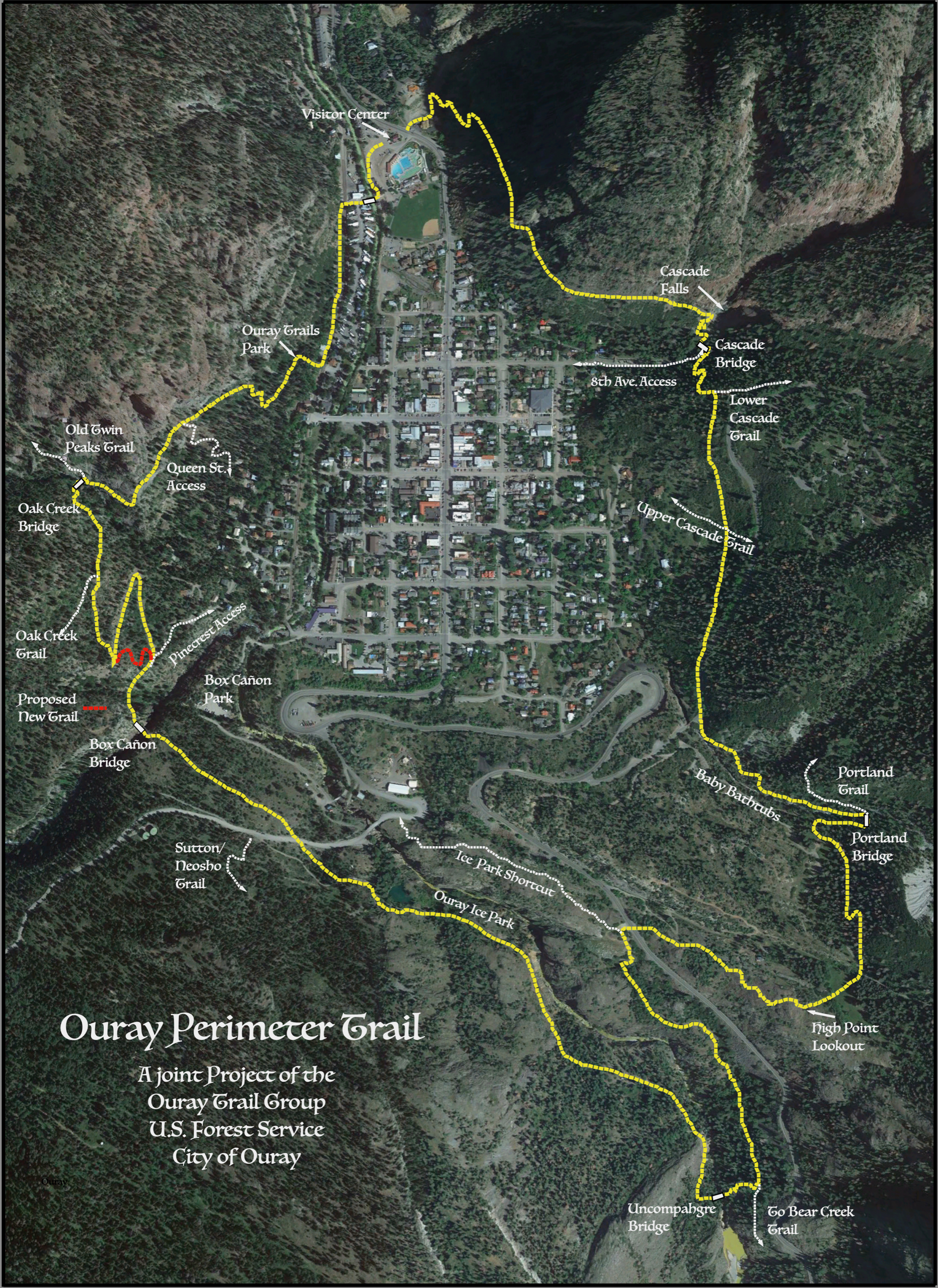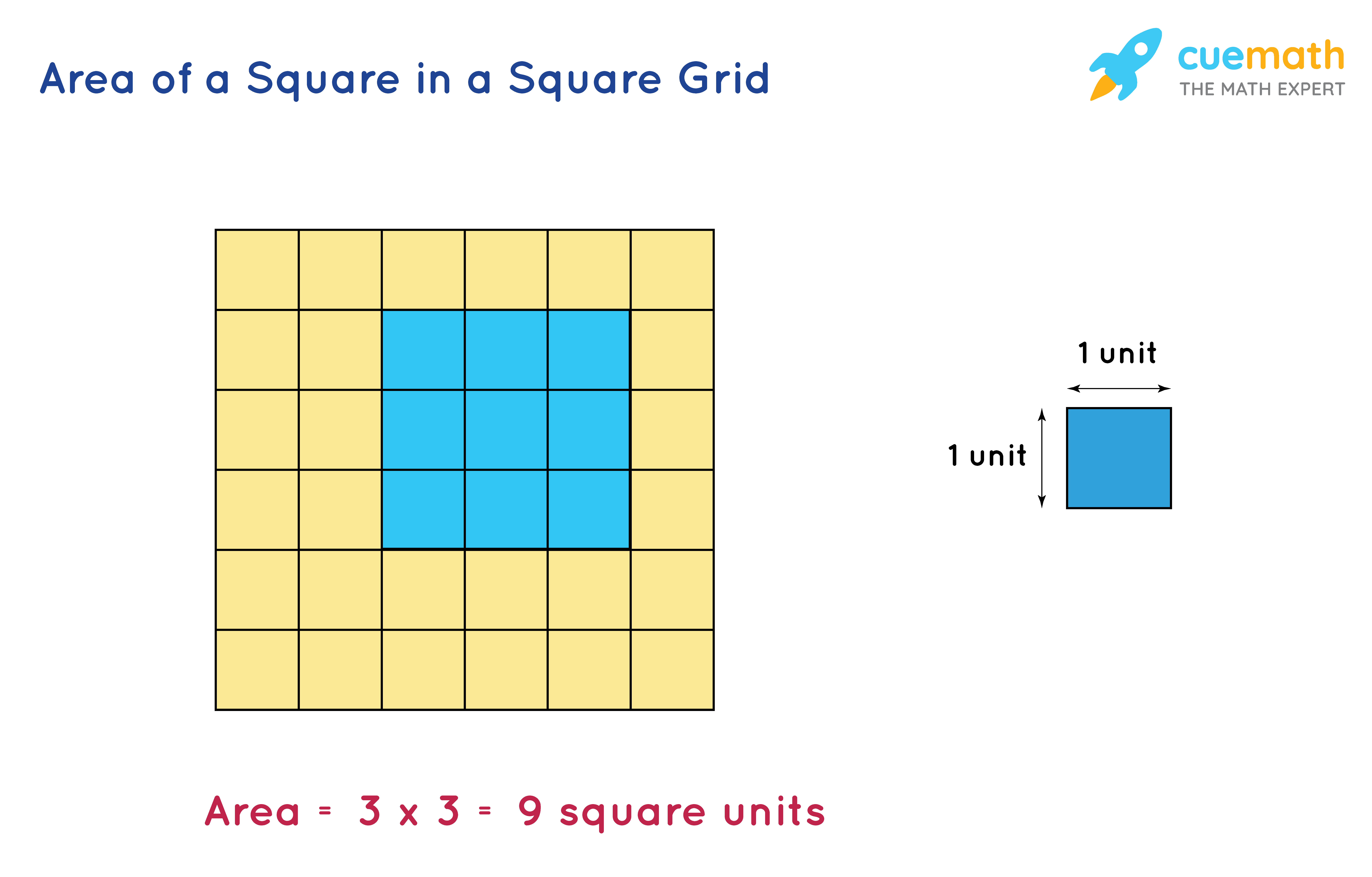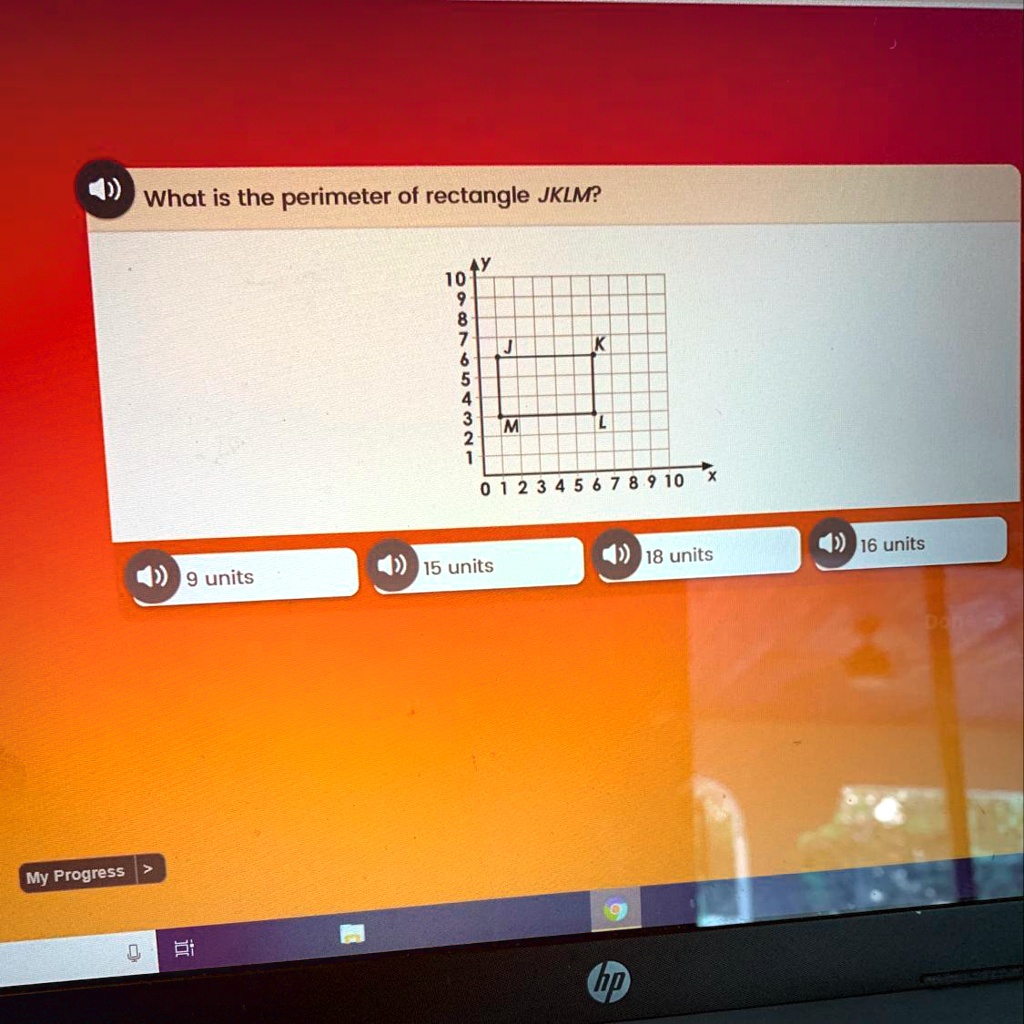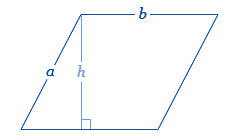Topic perimeter of a semicircle calculator: Discover how to easily calculate the perimeter of a semicircle with our user-friendly calculator. This tool provides accurate results in seconds, helping you understand and apply the formula effectively. Whether for educational purposes or practical applications, our guide will simplify your calculations and enhance your understanding of semicircle geometry.
Table of Content
Perimeter of a Semicircle Calculator
The perimeter of a semicircle can be calculated using the following formula:
\[
P = \pi r + 2r
\]
where:
- \( P \) is the perimeter of the semicircle.
- \( r \) is the radius of the semicircle.
- \( \pi \) is a constant approximately equal to 3.14159.
Steps to Calculate the Perimeter:
- Measure the radius \( r \) of the semicircle.
- Multiply the radius \( r \) by \( \pi \) to get the curved part of the perimeter.
- Double the radius \( r \) to get the diameter, which is the straight part of the perimeter.
- Add these two values together to get the total perimeter \( P \).
Example Calculation:
For a semicircle with a radius of 5 units:
| Curved part: | \( \pi \times 5 \approx 3.14159 \times 5 = 15.70795 \) |
| Straight part: | \( 2 \times 5 = 10 \) |
| Total perimeter: | \( 15.70795 + 10 = 25.70795 \) |
Therefore, the perimeter of a semicircle with a radius of 5 units is approximately 25.71 units.

Introduction to Semicircle Perimeter
The perimeter of a semicircle is an important concept in geometry, combining elements of both circles and straight lines. A semicircle is formed when a circle is divided into two equal halves. Understanding the perimeter helps in various practical applications such as construction, design, and academic purposes.
To calculate the perimeter of a semicircle, you need to understand the following:
- The formula for the circumference of a full circle is \(C = 2\pi r\), where \(r\) is the radius.
- Since a semicircle is half of a circle, its curved edge is half the circumference of a full circle, which is \(\pi r\).
- The perimeter of a semicircle also includes the diameter, which is \(2r\).
Therefore, the formula for the perimeter (P) of a semicircle is:
\[P = \pi r + 2r\]
Here is a step-by-step approach to calculating the perimeter:
- Measure the radius (r) of the semicircle.
- Multiply the radius by \(\pi\) (approximately 3.14159) to get the curved part.
- Add the diameter (2r) to this value.
By following these steps, you can easily determine the perimeter of any semicircle. This calculation is crucial in fields requiring precise measurements and understanding of geometric properties.
Understanding the Formula
The formula for the perimeter of a semicircle is derived from the properties of a full circle and involves simple arithmetic. To fully grasp this formula, let's break it down step by step:
- Full Circle Circumference:
The circumference of a full circle is given by the formula:
\[
C = 2\pi r
\]where \(r\) is the radius of the circle.
- Semicircle Arc Length:
A semicircle is half of a circle, so the arc length of a semicircle is half the circumference of the full circle:
\[
\text{Arc Length} = \frac{1}{2} \times 2\pi r = \pi r - Adding the Diameter:
In addition to the curved part (arc length), the perimeter of a semicircle also includes the straight line along the diameter:
\[
\text{Diameter} = 2r - Combining Both Parts:
The total perimeter (P) of the semicircle is the sum of the arc length and the diameter:
\[
P = \pi r + 2r
\]
Let's summarize this with a practical example:
- Step 1: Measure the radius of the semicircle. For instance, let's say \(r = 5\) units.
- Step 2: Calculate the arc length:
\[
\pi r = \pi \times 5 \approx 15.71 \text{ units} - Step 3: Calculate the diameter:
\[
2r = 2 \times 5 = 10 \text{ units} - Step 4: Add the arc length and the diameter to get the perimeter:
\[
P = 15.71 + 10 = 25.71 \text{ units}
Understanding this formula helps in accurately determining the perimeter of any semicircle, which is essential in various applications such as construction, design, and academic projects.
Steps to Calculate the Perimeter
Calculating the perimeter of a semicircle involves a few straightforward steps. Follow this detailed guide to ensure accuracy:
- Measure the Radius:
Begin by measuring the radius (\(r\)) of the semicircle. The radius is the distance from the center of the semicircle to any point on its curved edge.
- Calculate the Curved Part of the Perimeter:
The curved part of the perimeter is half the circumference of a full circle. Use the formula:
\[
\text{Curved Part} = \pi r
\]Multiply the radius by \(\pi\) (approximately 3.14159).
- Determine the Diameter:
The diameter (\(d\)) of the semicircle is twice the radius:
\[
d = 2r - Add the Curved Part and the Diameter:
The total perimeter (\(P\)) of the semicircle is the sum of the curved part and the diameter:
\[
P = \pi r + 2r
\]
Here is an example to illustrate these steps:
- Step 1: Suppose the radius (\(r\)) is 7 units.
- Step 2: Calculate the curved part:
\[
\pi r = \pi \times 7 \approx 21.99 \text{ units} - Step 3: Determine the diameter:
\[
d = 2 \times 7 = 14 \text{ units} - Step 4: Add the curved part and the diameter:
\[
P = 21.99 + 14 = 35.99 \text{ units}
By following these steps, you can accurately calculate the perimeter of any semicircle, which is essential for various practical and educational applications.
Examples and Applications
The perimeter of a semicircle has numerous practical applications in various fields. Understanding these examples can help in visualizing how this calculation is used in real-world scenarios.
Examples:
- Example 1: Garden Edging
A gardener wants to create a semicircular flower bed with a radius of 4 meters. To determine the length of the edging material needed, they calculate the perimeter:
\[
P = \pi r + 2r = \pi \times 4 + 2 \times 4 = 12.57 + 8 = 20.57 \text{ meters}The gardener needs approximately 20.57 meters of edging material.
- Example 2: Architectural Design
An architect is designing a semicircular archway with a radius of 2.5 meters. To determine the amount of trim required for the arch, they calculate the perimeter:
\[
P = \pi r + 2r = \pi \times 2.5 + 2 \times 2.5 = 7.85 + 5 = 12.85 \text{ meters}The architect needs approximately 12.85 meters of trim.
Applications:
Understanding the perimeter of a semicircle is useful in various fields:
- Construction and Landscaping:
Calculating materials needed for curved structures such as arches, pathways, and garden beds.
- Manufacturing:
Designing components with semicircular shapes, such as pipes and tanks, ensuring accurate material usage and cost estimation.
- Education:
Teaching geometry concepts and practical math applications to students, helping them understand real-world uses of mathematical formulas.
- Engineering:
Designing mechanical parts and systems that incorporate semicircular elements, optimizing their functionality and efficiency.
These examples and applications demonstrate the importance of understanding and accurately calculating the perimeter of a semicircle, highlighting its relevance across various domains.

Common Mistakes to Avoid
When calculating the perimeter of a semicircle, there are several common mistakes that can lead to incorrect results. By understanding and avoiding these errors, you can ensure accurate calculations.
- Incorrect Formula Application:
Ensure you are using the correct formula for the perimeter of a semicircle:
\[
P = \pi r + 2r
\]Some might mistakenly use the formula for the circumference of a full circle or forget to include the diameter in their calculations.
- Misidentifying the Radius and Diameter:
It is crucial to correctly identify and differentiate between the radius (\(r\)) and the diameter (\(2r\)). Using the diameter in place of the radius in the formula will result in significant errors.
- Ignoring Units:
Always pay attention to the units of measurement. Ensure consistency in units throughout the calculation process to avoid discrepancies.
- Incorrect Value of \(\pi\):
Using an incorrect value for \(\pi\) can lead to errors. Use \(\pi \approx 3.14159\) for more accurate results, or use the \(\pi\) function on a calculator for higher precision.
- Calculation Errors:
Double-check your arithmetic calculations. Simple addition or multiplication errors can lead to incorrect perimeter values.
- Rounding Too Early:
Avoid rounding numbers too early in the calculation process. Round only the final result to maintain precision.
By keeping these common mistakes in mind and taking care to avoid them, you can accurately calculate the perimeter of a semicircle for any application.
Advanced Calculations
When calculating the perimeter of a semicircle, there are advanced considerations to take into account, especially when dealing with more complex problems or needing higher precision.
Formula Recap
The perimeter \( P \) of a semicircle with radius \( r \) is given by:
\[
P = \pi r + 2r
\]
This formula combines the half-circumference \(\pi r\) and the diameter \(2r\).
Including the Full Circle
Sometimes, it's necessary to relate the semicircle to a full circle. The circumference \( C \) of a full circle is \(2\pi r\). Therefore, the semicircle perimeter can be derived from half of this circumference plus the diameter:
\[
P = \frac{1}{2} (2\pi r) + 2r = \pi r + 2r
\]
Precision in Calculations
To ensure high precision in your calculations, consider using more decimal places for \(\pi\). For most practical purposes, \(\pi\) is approximated as 3.14, but for more accurate results, use 3.14159 or higher precision like 3.141592653589793.
Example with Higher Precision
Let's calculate the perimeter of a semicircle with a radius of 5 units using \(\pi \approx 3.141592653589793\):
\[
P = \pi r + 2r = 3.141592653589793 \times 5 + 2 \times 5 = 15.707963267949465 + 10 = 25.707963267949465
\]
Therefore, the perimeter is approximately 25.71 units.
Handling Different Units
When working with different units, ensure all measurements are in the same unit system. For instance, if the radius is given in centimeters and the diameter in meters, convert all measurements to a single unit before applying the formula.
Applications in Engineering and Architecture
Advanced calculations of semicircle perimeters are crucial in engineering and architecture, especially when designing arches, bridges, and other structures involving circular segments.
Using Calculators for Accuracy
Online calculators can provide quick and accurate results. However, understanding the underlying mathematics ensures you can verify these results and apply the concepts to more complex scenarios.
Summary
- Recap of the basic formula.
- Importance of precision in calculations.
- Example with high precision.
- Considerations for different units.
- Applications in real-world scenarios.
- Utility of online calculators.
Advanced understanding and precision are key to accurately calculating the perimeter of a semicircle, especially in professional applications.
Practical Uses in Real Life
The perimeter of a semicircle finds numerous practical applications across various fields. Here are some detailed examples of how understanding and calculating the perimeter of a semicircle can be useful in real life:
- Architecture and Construction
In architecture, the design of arches, domes, and other semicircular structures requires accurate calculation of their perimeter. This ensures the correct amount of materials, such as stone, metal, or glass, is used. For example, the perimeter calculation is crucial when creating the edge of a semicircular window or archway, contributing to both aesthetics and structural integrity.
- Landscaping
In landscaping, semicircular garden beds, pathways, or decorative elements often need to be measured accurately. Calculating the perimeter helps in determining the amount of fencing, edging, or border materials needed to outline a semicircular garden area.
- Engineering
Engineers use the perimeter of semicircles when designing and constructing culverts, tunnels, and other infrastructural components. For example, the perimeter calculation helps in estimating the materials required to line a semicircular culvert used for drainage systems.
- Manufacturing and Design
In manufacturing, the creation of semicircular parts, such as components for machinery or consumer products, requires precise perimeter measurements. This ensures proper fitting and functionality of the parts within larger assemblies.
- Education
Teachers and students use semicircle perimeter calculations in various educational settings to understand geometric properties and their real-world applications. This fundamental knowledge supports learning in subjects like mathematics and physics.
These examples highlight the importance of accurately calculating the perimeter of a semicircle to ensure the correct allocation of resources, structural integrity, and aesthetic appeal in various practical scenarios.
Frequently Asked Questions
Here are some commonly asked questions about the perimeter of a semicircle and their answers:
-
1. How do you define the perimeter of a semicircle?
The perimeter of a semicircle is the total distance around its edge. It is calculated by adding the half circumference of the circle (which forms the curved part of the semicircle) and the diameter of the circle. The formula is given by \( P = \pi r + 2r \), where \( r \) is the radius of the semicircle.
-
2. What is the formula for the perimeter of a semicircle?
The formula for calculating the perimeter of a semicircle is \( P = \pi r + 2r \). Here, \( \pi \) (pi) is approximately 3.14159, and \( r \) is the radius of the semicircle.
-
3. How can I calculate the perimeter of a semicircle with a diameter of 12 cm?
If the diameter of a semicircle is 12 cm, its radius \( r \) is half of the diameter, which is 6 cm. Using the formula \( P = \pi r + 2r \):
\( P = \pi \times 6 + 2 \times 6 \)
\( P = 3.14 \times 6 + 12 \)
\( P = 18.84 + 12 \)
\( P = 30.84 \) cm -
4. Why is the perimeter of a semicircle important in real life?
The perimeter of a semicircle is important in various real-life applications such as construction, architecture, and engineering where precise measurements are crucial for designing curved structures, pathways, and other semicircular components.
-
5. Are there any online tools to calculate the perimeter of a semicircle?
Yes, there are several online calculators available to compute the perimeter of a semicircle. These tools allow you to input the radius or diameter and quickly get the perimeter result, which is very useful for quick calculations and verifications.
-
6. What are the units used for measuring the perimeter of a semicircle?
The units for measuring the perimeter of a semicircle are typically the same as the units used for the radius or diameter. Common units include centimeters (cm), meters (m), inches (in), and feet (ft).

Additional Resources
For those looking to deepen their understanding of the perimeter of a semicircle and its applications, here are some valuable resources:
-
Online Calculators:
- - This tool allows you to easily calculate the perimeter of a semicircle by simply inputting the radius. It also provides step-by-step explanations of the formula used.
- - A comprehensive calculator that provides the perimeter of a semicircle and includes detailed calculation steps and explanations.
- - Offers a semicircle calculator that computes the area, radius, diameter, and perimeter, along with step-by-step solutions.
-
Educational Articles and Guides:
- - This page provides an in-depth explanation of the semicircle, including its perimeter and area calculations, and practical examples.
- - A detailed mathematical reference for semicircles, including formulas and properties.
-
Books and Textbooks:
- Geometry: A Comprehensive Course by Dan Pedoe - A classic textbook that covers a wide range of geometric topics, including the properties and formulas related to semicircles.
- Calculus with Analytic Geometry by George F. Simmons - This book provides a deeper mathematical context for understanding the properties of semicircles and their perimeters.
-
Videos and Tutorials:
- - Khan Academy offers instructional videos on a variety of math topics, including semicircle calculations.
- - Provides engaging and easy-to-understand videos on geometry, including the calculation of perimeters and areas of semicircles.
These resources should provide a thorough understanding and additional tools for anyone interested in the practical and theoretical aspects of semicircle perimeter calculations.
Chu vi của một nửa hình tròn - Corbettmaths
Chu vi của một nửa hình tròn





